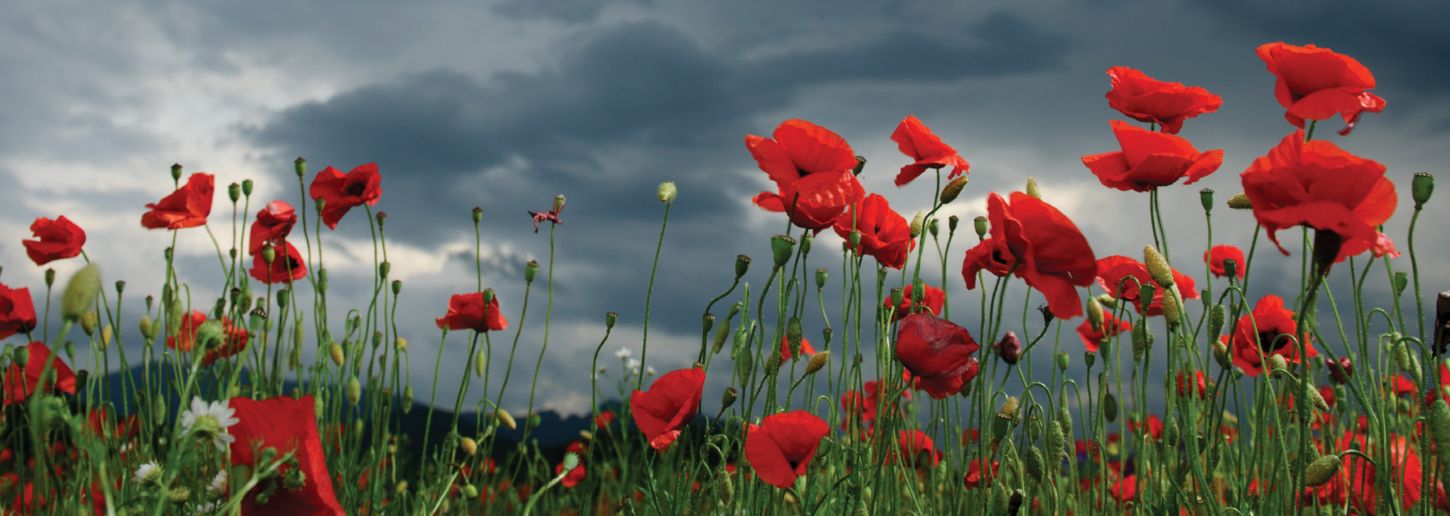The Great War ushered in the 20th century. It was seen as more than just a war between nations. It was envisaged as a cleansing fire that would lead to a better world.
When it was over more than men had died in the mud of battlefields. The naive dreams of progress along with the innocence of the pre-war world, faith in God and hope in the future, died in the trenches of Europe.
Battle for Villers Bretonneaux – Australia’s other Anzac Day
Charles Bean defined the term ANZAC as standing for “reckless valour in a good cause, for enterprise, resourcefulness, fidelity, comradeship and endurance that will never know defeat”.
This definition was evident in the Australian troops charged with the retaking of Villers Bretonneaux, which secured the strategic city of Amiens and prevented the Germans’ do or die efforts to capture Paris.
One of the greatest feats of the war
The Australians excelled in open warfare, devised ways to skirt heavily trenched areas and planned integrated assaults using artillery, infantry, air power and armour under the brilliant commander General Monash.
The first tank battles in history were staged in this period. It cost 2473 Australian lives.
Australia sent 322,000 men overseas, 280,00 became casualties including almost 60,000 dead. This was the highest rate of attrition suffered by any national army in the war because the ANZAC reputation saw them placed in the front lines where the fighting was the fiercest.
The Armistice, cenotaphs and poppies
On the 11th hour of the 11th day of the 11th month 1918 Armistice was declared which ended four years of hostilities.
The government decision to leave the empire's dead on the fighting front denied families traditional mourning rites back home.
Relatives sought a tangible focus for their grief, something that would bring them comfort. Monuments to those who lost their lives were erected in towns and villages across Australia.
In 1925 Earl Haig recommended 11 November be observed throughout the empire as a day of Remembrance.
Why a red poppy?
Crimson corn poppies flourished across the battlefields of the Western Front. As the shells turned up the earth they thrived. The flowers were often posted home by the troops as a souvenir to their loved ones.
The poppies are symbolic of the young Australian men who fought in WW1 – the poppies are bright and beautiful flowers but they don’t live long.
The flower inspired the poem In Flanders Fields by Canadian doctor John McCrea in 1915.
In Flanders Fields the poppies blow
Between the crosses row on row.



































































































































